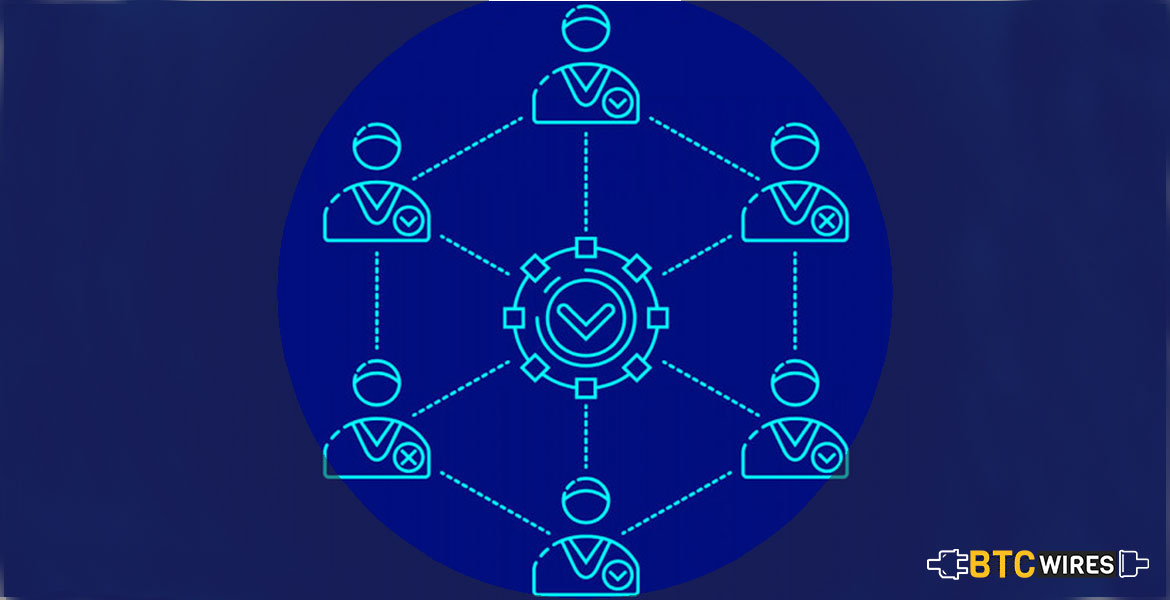This year has been fraught with debates on data privacy

This year has been fraught with debates on data privacy and how top tech conglomerates watch our online activity. Centralised control of these organizations, such as Facebook, Google or Amazon have come under the fire for tracking every move we make and denuding us of the privacy we rightfully deserve. Till now, we have only had the option of either signing up to be a part of the world wide web with our privacy slowly and gradually slipping out of our grasps or not sharing in its many benefits at all. Is there a middle ground that could possibly empower you in terms of data privacy while also giving you the convenience of tech-based management? The answer comes in the form of the distributed ledger technologies or DLT, that guarantees a high degree of decentralization and subsequently, data security. The business benefits of blockchain, the key form of DLT, and its ability to affect social change, make it imperative to understand what DLT really is, and what advantages it entails.
Meaning of Distributed Ledger Technology
Distributed Ledger Technology refers to a system by which several “node” or member computers consensually maintain a shared record of data. The database is updated and visible to every node on the network simultaneously. This makes sure that unauthorized changes, if any are made at all, can be detected with considerable ease. The transactions that are recorded and the information that is updated onto this ledger must be such that the nodes the database is distributed amongst, consensually AGREE to it. One version of the truth is determined by consensus and updated to form the digital records. This synchronization in validating transactions is maintained by the use of different consensus protocols in blockchain, so that the same version of the data becomes accepted to every member who forms part of the network.
Benefits of Distributed Ledger Technology
1. Improving Operational Efficiency:
Distributed ledger technologies help do away with administrative assistants and workers that would normally be required to maintain and update each individual file. As a result, chances of errors and discrepancies owing to human faults are eliminated and operational efficiency is boosted.
2. Cost-effectiveness:
By doing away with the need for having delegated middlemen to do the bidding of a centralised authority and to make and update changes to the records, companies can save a great deal of money that would usually be drained in paying these administrative officials.
3. Decentralization:
Users and actual owners of the data begin to have more control over their own data as they are also able to control what goes into the records. Instead of centralised corporate (or sometimes even government) entities, people who are the original data owners get empowered through the use of DLT.
Is Blockchain the Same as Distributed Ledger Technology?
The answer to this question, if blockchain and DLT are the same, is a resounding no. However, blockchain is the most well-known type of DLT, which is why these terms are often interchangeably used. What users must remember is that DLT refers to the overall type of technology, while blockchain represents a very specific kind of a DLT. Having said that, since blockchain is finding increasing use in a number of fields, it is often recognized as the crown jewel of DLT. Taking a look at the elements of a blockchain system can help in understanding how well blockchain fits the pattern of a distributed ledger technology with the potential to change the world.

